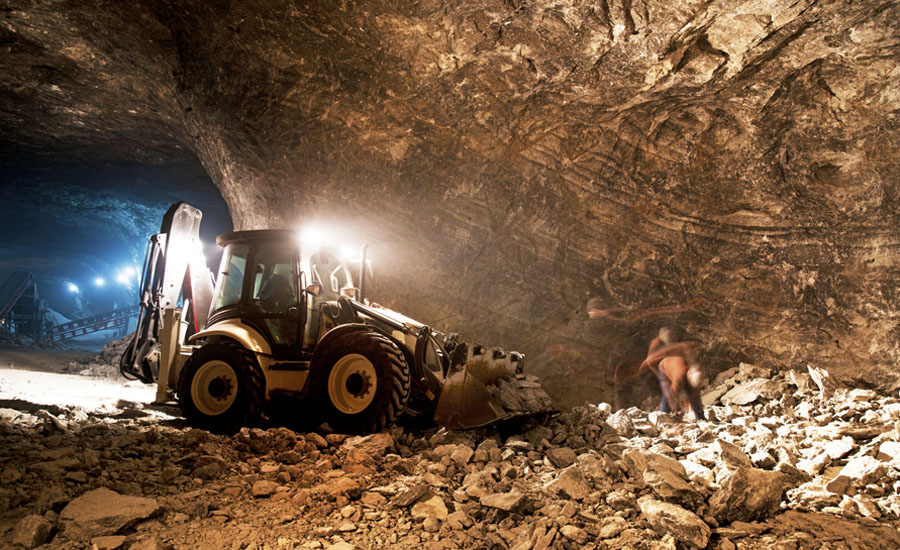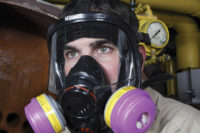Lung disease from work-related exposure to coal mine dust can damage different parts of the lungs, including the small airways. When these airways, which resemble twigs branching off the trunk of a tree, are damaged, breathing can become significantly difficult.
To understand how breathing in the dust affects these airways, investigators at the National Institute for Occupational Safety and Health (NIOSH) compared the results of exercise testing to resting lung function. Volunteer study participants were 20 coal miners from the field-based U.S. National Study of Coal Workers’ Pneumoconiosis. Before the exercise testing, which took place on a treadmill, study participants underwent a special spirometry breathing test to measure small-airway function. For 6 participants, the test showed signs of dysfunction in the small airways, while the remaining 14 had normal results. During exercise testing, the lungs of participants with small-airway dysfunction transferred 27% less oxygen compared to those with a normal small-airway test, the investigators report in the journal Annals of the American Thoracic Society. Participants had worked in underground coal mines for an average of 25 years. At 59 years of age, the average age of participants with small-airway dysfunction was 5 years older than those whose function was normal. The study’s findings add to existing evidence that dysfunction of the small airways is associated with inefficient breathing during exertion. In addition, they show that exercise testing may be important to diagnose intolerance to physical exertion among current and former coal miners, even with minor small-airway dysfunction on standard spirometry tests performed at rest.



